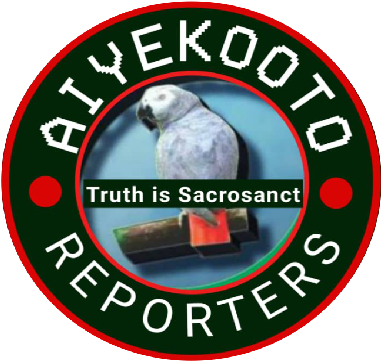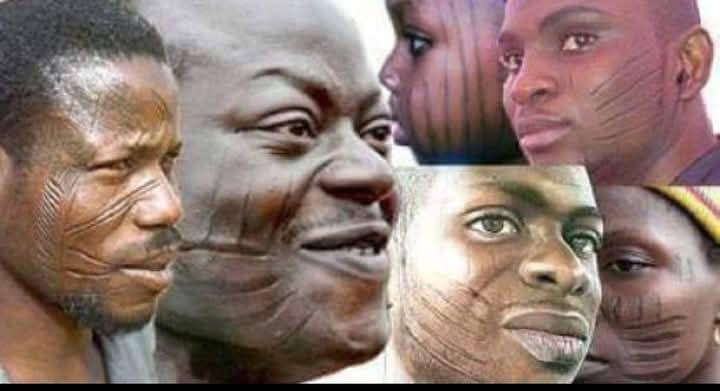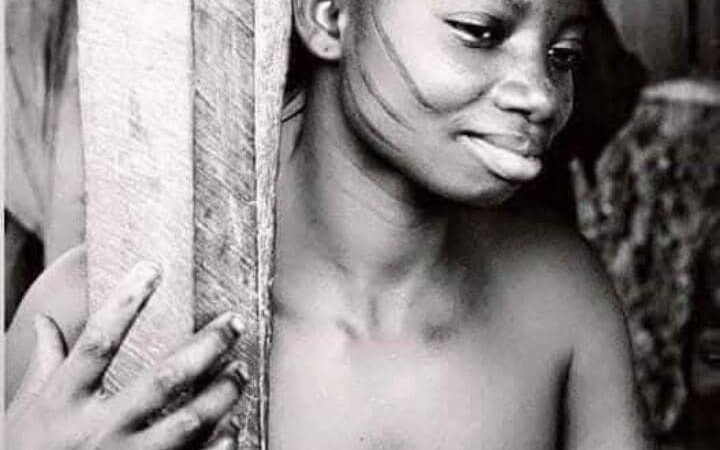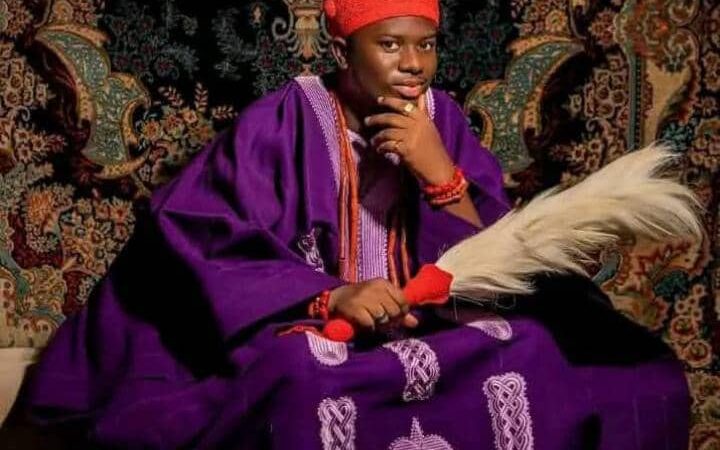HISTORY OF TRIBAL MARKS IN NIGERIA
Tribal marks, also known as scarification, are a traditional practice in Nigeria, where specific patterns are etched into the skin to signify identity, heritage, and social status. These marks vary among Nigeria’s diverse ethnic groups, each with its unique styles and meanings.
ORIGINS AND PURPOSE
Tribal marks date back centuries and were primarily used as a means of identification. In pre-colonial times, they helped distinguish one ethnic group, clan, or lineage from another. For instance, during wars or slave raids, tribal marks helped to reunite displaced individuals with their families. They also served aesthetic purposes, symbolised bravery, and marked rites of passage into adulthood.
NOTABLE PATTERNS BY ETHNIC GROUPS
- YORUBA: The Yoruba are renowned for their elaborate and varied facial marks, including vertical lines (pele) or horizontal patterns (abaja). These marks often indicated lineage and social standing.
- HAUSA: The Hausa people commonly had subtle marks on their cheeks or forehead, serving as a form of cultural identity or beauty enhancement.
- FULANI: The Fulani used delicate facial scars to enhance beauty and distinguish different clans.
- IGBO: Among the Igbo, tribal marks were less common but were sometimes used to identify communities or signify personal milestones.
CULTURAL AND RELIGIOUS SIGNIFICANCE
Tribal marks often had spiritual meanings, such as protection against evil spirits or diseases. They were sometimes performed during initiation ceremonies, symbolising the individual’s acceptance into adulthood or a specific societal group.
DECLINE OF TRIBAL MARKS
The practice of tribal marking began to wane during the colonial and post-colonial periods due to Western influences, urbanisation, and the introduction of modern identity systems such as passports and national identification cards. The Nigerian government also discouraged the practice, viewing it as outdated and potentially harmful.
CONTEMPORARY PERSPECTIVES
Today, tribal marks are rare and controversial. While some view them as a proud link to heritage, others see them as a painful tradition that infringes on personal rights. Efforts to ban or regulate the practice have been made to prevent child abuse and forced scarification.
LEGACY
Despite its decline, tribal marks remain a significant part of Nigeria’s cultural history, reflecting the country’s rich diversity and complex traditions. They serve as a reminder of the deep-rooted customs that shaped the identity and unity of communities in the past.
Engr. Azodo H.Chifunanya
writes from Lagos









